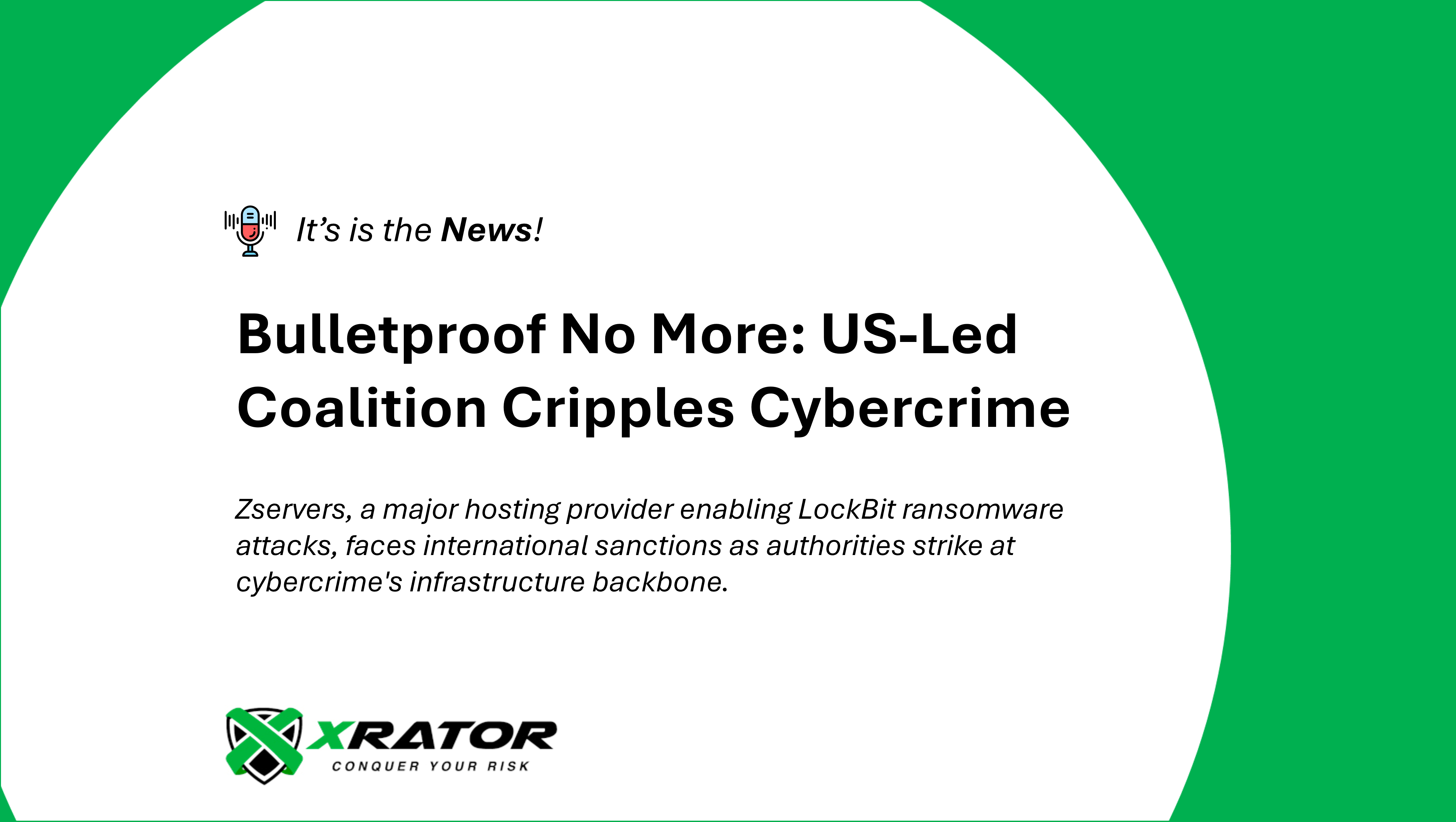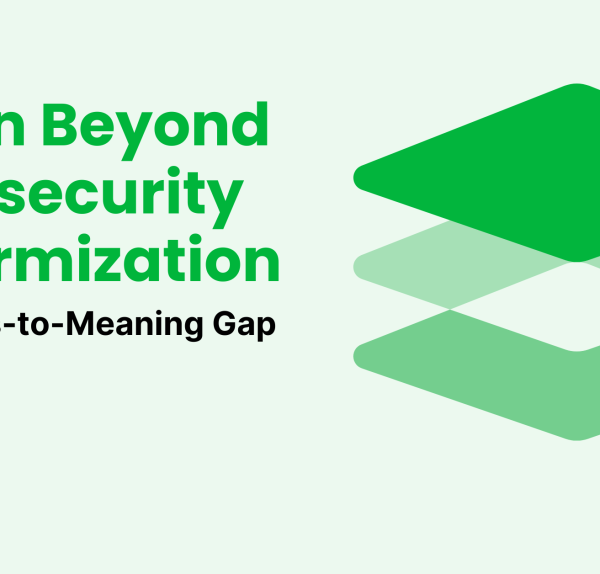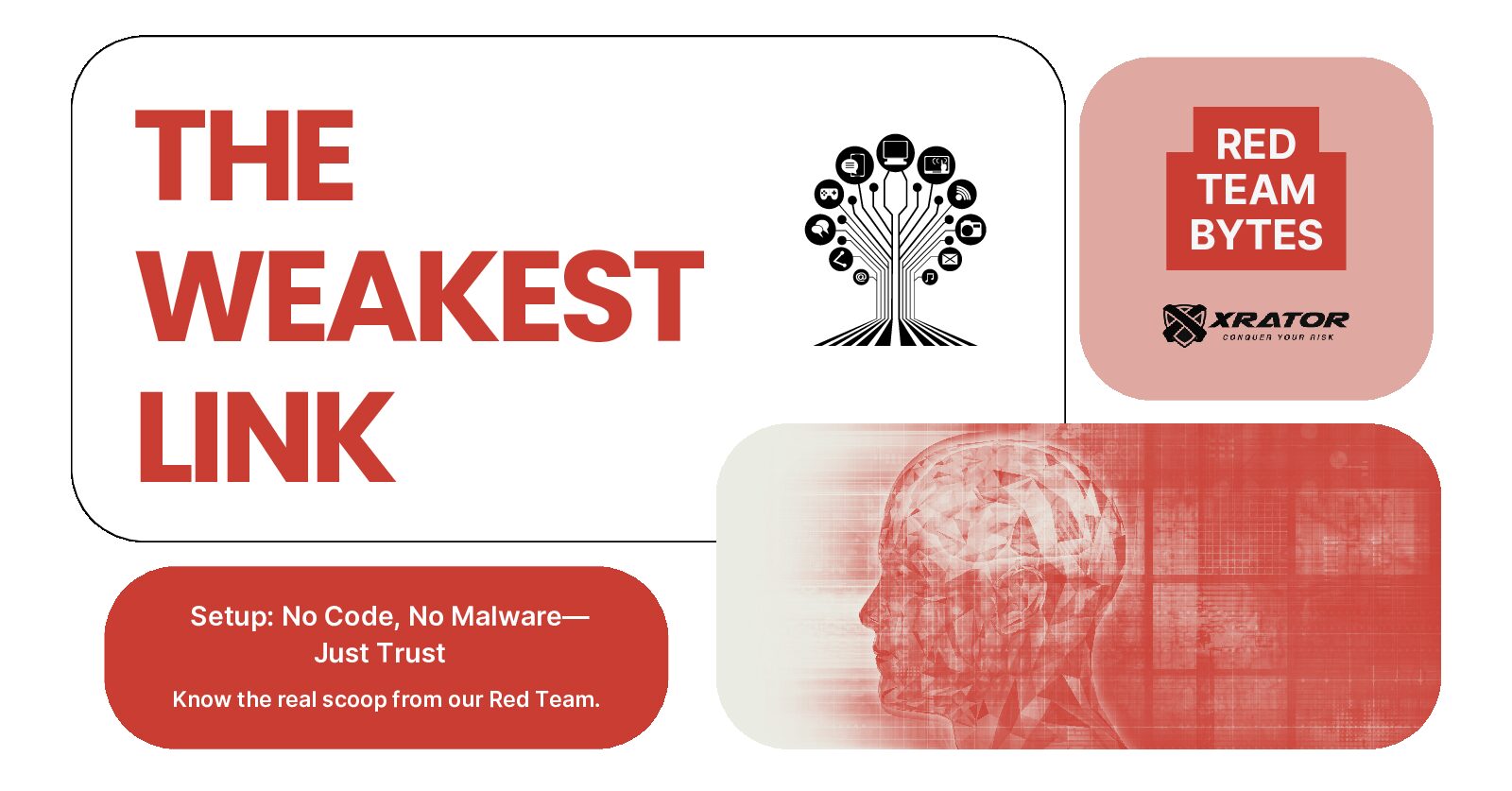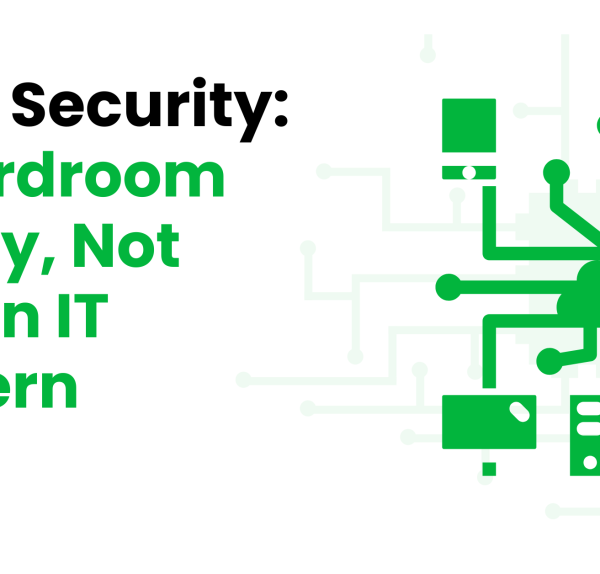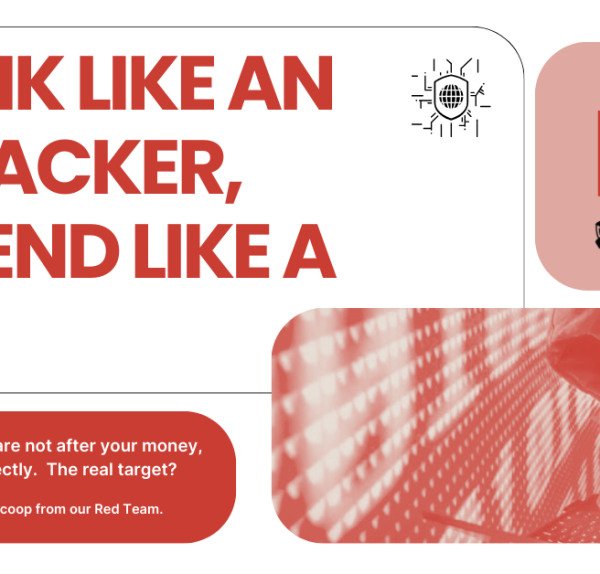Global Crackdown on Cybercrime Infrastructure Marks Strategic Shift in Law Enforcement Approach
The recent coordinated actions against bulletproof cybercrime infrastructure providers mark a significant evolution in how international law enforcement combats ransomware operations. In February 2025, authorities from multiple nations launched parallel operations targeting both traditional ransomware groups and their essential service providers, demonstrating a more comprehensive approach to dismantling cybercrime operations.
The most notable action came as the United States, United Kingdom, and Australian authorities jointly sanctioned Zservers, a Russian bulletproof hosting service, along with its key personnel. This action, coupled with the arrest of Phobos ransomware suspects in Thailand and the seizure of 8Base’s dark web infrastructure, represents a strategic pivot in cyber enforcement strategy.
Understanding the Infrastructure Web
The sanctions against Zservers highlight a critical vulnerability in cybercrime operations – their dependence on specialized infrastructure providers. Bulletproof hosting services have long operated in a gray area, marketing themselves as privacy-focused hosting providers while knowingly supporting criminal enterprises. In Zservers’ case, the hosting service actively facilitated LockBit ransomware operations, even reassigning new IP addresses after previous ones were identified in attacks.
This infrastructure dependency creates a significant weak point in cybercrime operations. When hosting providers are compromised, the impact cascades across multiple criminal enterprises. The Canadian authorities’ discovery of a LockBit control panel running on a Zservers-linked IP address demonstrates how infrastructure providers create traceable connections between criminal activities.
Evolving Enforcement Strategy
Law enforcement agencies are increasingly targeting the foundation of cybercrime operations rather than just the visible actors.
The disruption of infrastructure providers affects multiple criminal operations simultaneously. When authorities seized 8Base’s dark web sites, they effectively disabled the group’s ability to negotiate with victims and leak stolen data. Similarly, the sanctions against Zservers impact not just LockBit but potentially dozens of other cybercrime operations.
The strategy also creates significant business risks for infrastructure providers. The designation of Zservers’ UK front company, XHOST, demonstrates authorities’ willingness to pursue legitimate-appearing business entities that facilitate cybercrime. This increases the cost and complexity of operating cybercrime infrastructure.
Impact on Cybercrime Economics
The coordinated actions reveal a sophisticated understanding of cybercrime economics. By targeting infrastructure providers, authorities increase the operational costs for cybercrime groups in several ways:
The need to frequently switch providers and establish new infrastructure increases operational complexity and cost. When providers like Zservers are sanctioned, criminal groups must quickly find alternatives, often at premium prices.
The risk of infrastructure seizure also forces criminal groups to maintain redundant systems, further increasing their operational expenses. The seizure of 8Base’s dark web sites demonstrates how quickly groups can lose their ability to monetize attacks when infrastructure is compromised.
Business Impact and Prevention
These developments highlight the critical importance of comprehensive vulnerability management and infrastructure monitoring. Organizations must recognize that cybercriminals often leverage legitimate-appearing service providers to conduct attacks, making it essential to maintain visibility across all network connections and hosting relationships.
The successful operations against Zservers and 8Base also demonstrate the value of international cooperation in cybersecurity. The involvement of multiple nations in these operations shows how shared intelligence and coordinated action can effectively disrupt cybercrime infrastructure.
How XRATOR can help
Organizations face significant challenges in protecting against these evolving threats. The complexity of modern IT infrastructure makes it difficult to identify and monitor all potential attack vectors. XRATOR’s business risk-driven vulnerability management platform offers organizations countinuous threat exposure management (CTEM) capabilities needed to address these evolving threats. Providing comprehensive infrastructure visibility and automated monitoring of network connections, XRATOR enables security teams to quickly identify and respond to security holes that might lead to cybercrime compromise. The platform’s ability to correlate threat intelligence with network topology helps organizations stay ahead of emerging threats and maintain robust security postures in an increasingly complex threat landscape.

